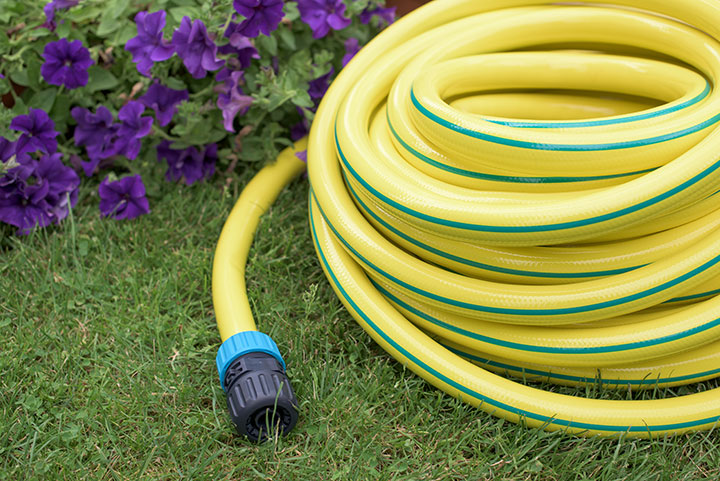Choosing the Right Material for Your Pneumatic Tubing Applications and Systems
The Importance of Pneumatic Tubing Material in Industrial Applications
Pneumatic systems play a significant role in various industries, utilizing compressed air to perform work efficiently and effectively. One essential component of these systems is pneumatic tubing, which serves as the conduit for compressed air to travel from one point to another. The choice of material for pneumatic tubing is crucial, as it impacts the system's performance, durability, and overall efficiency.
When selecting pneumatic tubing, several materials are commonly used, including polyurethane, nylon, polyolefin, and rubber. Each of these materials has its unique properties that cater to different applications and environments. For instance, polyurethane tubing is known for its flexibility and resilience, making it ideal for applications that involve tight bends and dynamic movement. Its excellent abrasion resistance also ensures a longer lifespan in demanding environments.
Nylon, on the other hand, is favored for its strength and rigidity. It is often used in applications that require a firmer tubing solution to handle high pressures. Nylon’s resistance to various chemicals makes it suitable for use in industries such as automotive and manufacturing, where exposure to oils and solvents is common. Additionally, nylon tubing can withstand a wide range of temperatures, ensuring reliable performance under varying environmental conditions.
Polyolefin tubing offers good chemical resistance and is often lightweight, making it easier to install and manage. This type of tubing is particularly useful in applications where weight is a concern, such as in robotics or portable machinery. Its flexibility allows it to navigate through tight spaces without kinking, making it a valuable choice for complex pneumatic systems.
pneumatic tubing material

Rubber tubing is another option that provides excellent elasticity and durability. It is particularly well-suited for high-pressure applications, as it can withstand significant stress without cracking. Rubber tubing’s ability to absorb vibrations makes it a popular choice in applications that involve moving or vibrating machinery.
When selecting the appropriate pneumatic tubing material, it is essential to consider factors such as operating pressure, temperature range, and chemical exposure. For example, in an environment with high temperatures or aggressive chemicals, selecting a resistant material is crucial to prevent premature failure and maintain operational efficiency.
Moreover, the inner diameter of the tubing is equally important, as it affects air flow rates and system performance. Proper sizing ensures that the system can deliver the required power without excessive pressure drop or energy loss. Manufacturers often provide specifications for their tubing products, helping users make informed decisions based on their specific needs.
In conclusion, the choice of pneumatic tubing material significantly impacts the performance and reliability of pneumatic systems. Understanding the properties and applications of various tubing materials enables engineers and technicians to select the most suitable option for their specific needs. By doing so, they can enhance the efficiency and durability of their pneumatic systems, ultimately contributing to improved productivity in industrial settings.
-
Top Quality Oxy Acetylene Hoses for Sale Fit for Welding DemandsNewsJul.28,2025
-
The Future of Pneumatic Air Tubes in IndustryNewsJul.28,2025
-
Superior and Reliable LPG Hose Pipe Solutions for Every NeedNewsJul.28,2025
-
Exceptionally Durable and Versatile Premium Braided PVC TubingNewsJul.28,2025
-
Best Adapters for Connecting Garden Hose to PVC Pipe ConnectionsNewsJul.28,2025
-
The Essential Role of LPG Hoses in Safe and Efficient Gas DistributionNewsJul.16,2025














